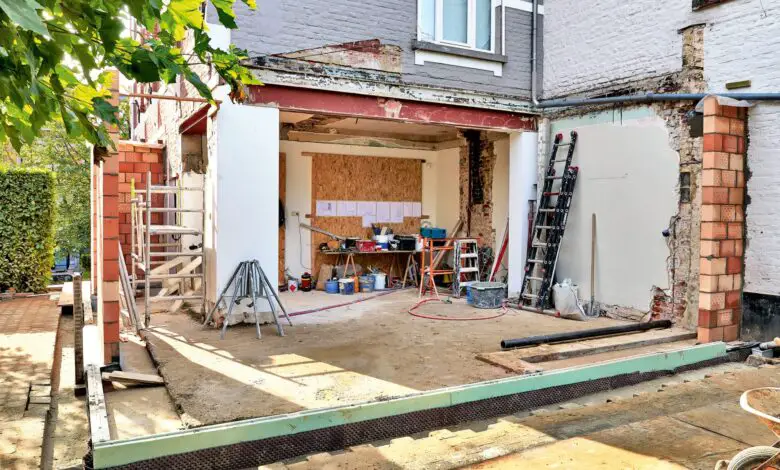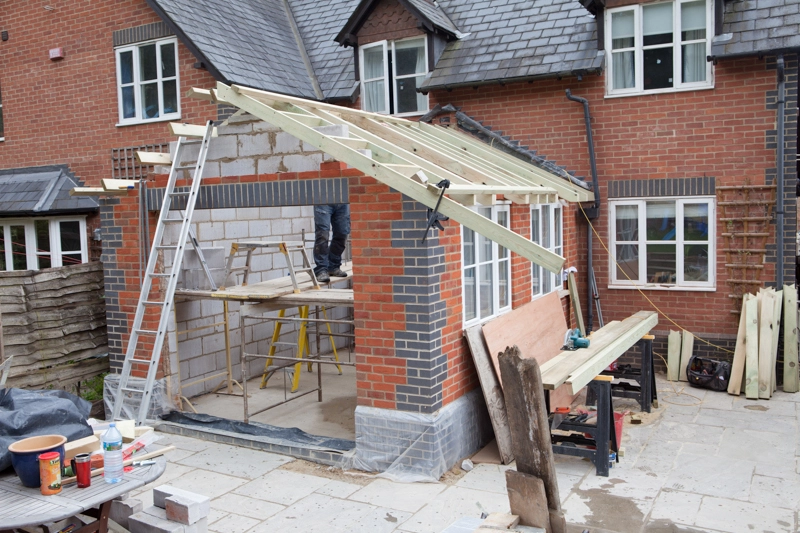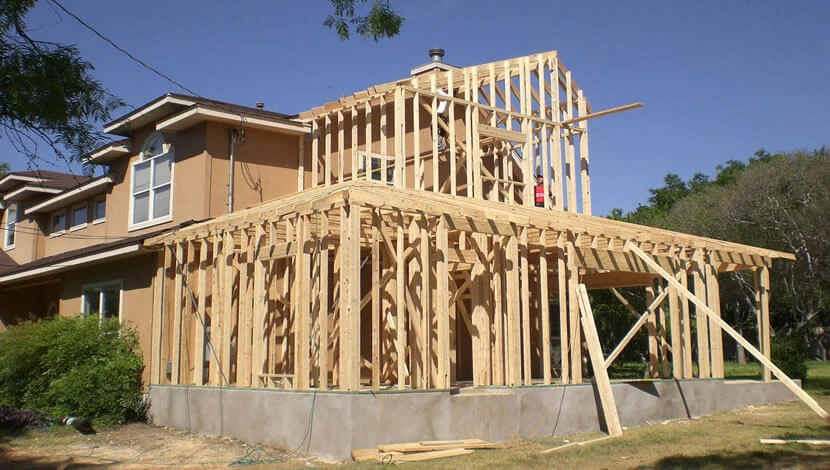How To Build A Home Extension

Adding square footage through an extension to your home is a viable option, but should you take the plunge? Home expansions (and additions!) are among the costliest types of renovations due to the magnitude of work required. If you’ve outgrown your current home and want to continue pursuing your current plans, you may want to consider adding to your current residence.
Does your home have any extra yards we might use? Intent on raising your home’s price? If that’s the case, you should consider extension on house.
What Is A Home Extension?

Increasing the square footage of your home is just one of many ways to raise the value of your property. Home additions and extensions can create more space in various ways, including upward, downward, and laterally.
- To expand living quarters without raising the building above ground, an extension can be built by connecting two or more floors at right angles at the side, back, or front.
- What you do with the extra room will determine the scope of the makeover, the length of time it will take, and the kind of construction materials you’ll need.
The Benefits Of A Home Addition

Many people’s homes symbolize so much more than just bricks and mortar; they’re also the sites of beloved memories, places of refuge and gathering, and hubs from which they launch into the world. It’s common for homes to become inadequate as families expand and lifestyles evolve. Either buying a new home or making significant changes to your current one will allow you to accommodate your new way of life. Adding an extension or relocating are both viable options, but how do you decide?
Pros
Expanding your current house might be your best bet if you already reside in a desirable region and hope to stay there. Just thinking about the time and money needed to pack, move, and set up a new home (including stamp duty, deposits, and legal expenses) can make people want to stay put. You could put your existing home up for sale, but with housing prices on the rise, how confident are you that you’ll be able to find and buy a new home that meets all your needs?
The To-Do List for Remodeling and Adding to Your Home
Large-scale construction projects like room additions or remodels can be made more manageable with the help of our “pre-flight” checklist. We’ve compiled a list to ensure you’re prepared for a smooth project launch.
Requirement for a building permit
Before beginning any House renovation, you should determine whether or not you will need planning permission, apply for it if necessary, and then wait for the approval. If you don’t do this, you may be compelled to tear down your extension, which will be expensive and cause you a lot of emotional distress.
Application of Building Control Regulations
You must file a Building Control application for your extension or refurbishment regardless of whether or not you need planning permission. Your contractor may take care of this, but you’ll be back in the land of high bills and headaches if they don’t.
Insurance

The contractors’ insurance will likely cover the work, but you should still notify your building’s insurance provider. Again, this is something you should do to protect yourself from financial ruin, as catastrophic accidents that cause damage to your home may not be covered if you don’t have insurance.
The Party Wall Act and Neighborhood Relations
It would help if you communicated to your neighbors about the upcoming work, gained their support by addressing their worries, and set up a schedule that works around theirs.
Initial budget

Always start with a well-defined and comprehensive budget with a buffer for unforeseen expenses. Invest in high-quality materials and artistry wherever possible, especially in the structure and essentials like windows, doors, flooring, roof lights, etc. You can cut costs like throw pillows and paint that can be readily replaced later.
Your architect
By hiring a competent architect, you gain access to a pool of knowledge and expertise that can shape your vision into a feasible, cost-effective plan for your builder to follow.
Your Professionals in the Trades
Acquire at least three estimates for the work, and check references or, better yet, get recommendations from individuals you trust. You should be aware that exceptional people are usually busy, so waiting a few months for the ideal contractor to become available may be worthwhile.
Closing Budget

Once you’ve settled on a team, it’s time to finalize your finances to ensure you have enough money set aside for unforeseen costs without jeopardizing the rest of the project’s budget.
Deadlines, schedules, and channels of communication
Having everyone on the same page regarding the project’s timeline, plan, and communication expectations will immediately make any veering off course apparent. Make sure your tradespeople know they can come to you with any problems by keeping the lines of communication open.
Your responsibilities
Be sure you have a firm grasp on your role in the project and everyone else involved. Your contractor may want you to order some materials, take care of trash pickup, or provide a portable toilet for workers. Establishing roles and responsibilities in advance can save time and avoid unnecessary tension.
The Last Words
Excellent projects because of careful planning and preparation are more likely to result in the home of your dreams being built without too many complications. Have fun designing your plan home! Home improvement or kitchen renovation can initially seem overwhelming, but its best approached as a collection of manageable tasks. You may have your dream home with all the room you need if you put in the time and effort to plan, have a clear vision, find reliable partners like Houseace, and be patient.
